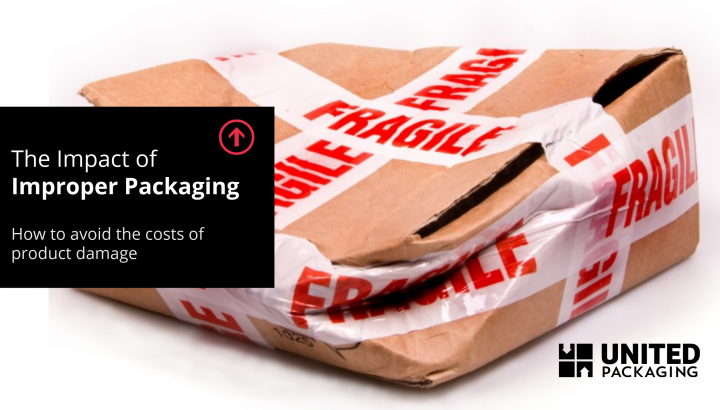It’s 2020, and if you’re in the business of selling goods to consumers, you’re most likely selling them online. This means a few things: You use packaging and shipping supplies, you use a lot of them, and you probably have dealt with damaged packaging.

The packaging you use is important. For starters, you want your brand to look good. You’ve placed an emphasis on the look and feel of your packaging, so that when it arrives on your client’s doorstep, they’re impressed. Maybe you’ve added your logo to the boxes or printed it on the carton sealing tape. If going green is important to you, you’ve invested in biodegradable and recyclable materials for your packaging.
You also want to be budget-conscious with your packaging, and you’ve done the research. You’re using products that meet budget requirements, keeping the company’s bottom line where it should be, and making smart financial decisions.
Lastly, but certainly not least, you want to avoid having your product show up in pieces because of damaged packaging. Because what good is all the above, if it’s not going to meet the end goal — arriving to your customer safely and all in one piece?
If you are experiencing product and packaging damage during the shipping process, then you’ve already felt the impact on your brand reputation and on your bottom line.
Customers are unhappy, making frequent returns and writing not-so-great reviews online. Your employees are working twice as hard to keep customers, and you are spending a lot more time and money than you originally planned for.
Before you can fix the problem, you need the reason behind it. We’ve got some quick tips for you below, and this article from Packaging Digest helps highlight various causes of damaged packaging you may be experiencing.
1. Not all packaging is created equal
Packaging materials, like everything else, can range in quality depending on the manufacturer. There are hundreds of options for the same product, and the quality will vary.
Pro tip: Although price may sometimes be an indicator of quality, make sure that you are truly comparing apples to apples when you are looking at different products. Request samples of similar products from different manufacturers to help your decision.
2. Not all packaging suppliers offer what you need
Your packaging needs are different from other businesses, and you need packaging unique to your products. For example, Company A ships plush toys and requires 10x6x4 sized boxes. Company B ships glass picture frames and needs the same size box. Company A uses a stock box from their supplier that works great for their product, but Company B has noticed damage in the same boxes with their goods.
Pro tip: Shop around for packaging suppliers. They don’t offer all the same products, and additionally, not all packaging suppliers have the expertise to assess what you ship to help you make the best choice on materials. A good packaging supplier can assess your problems, and provide you with custom options.
3. You’ll save more money by investing in quality packaging supplies
We get it — you have a budget to meet, and making a case for added packaging spend is difficult. However, cheap and wrong-size packaging is the biggest culprit when it comes to product damage.
Cheap packaging ends up costing much more in the end. Here’s how:
A. Damage to brand reputation can lose you customers and stop potential new customers from purchasing your stuff
B. There are soft costs involved with a returned product, including overtime employees, replacing the damaged product, and then repackaging and shipping it back to the customer. These soft costs often exceed the money saved in purchasing “cheap” products
C. You will eventually need to buy the right packaging anyway if damaged packaging continues to occur
Pro tip: Make a case for a bigger packaging budget by first assessing how much product damage has cost your business. The proof will be in the pudding.